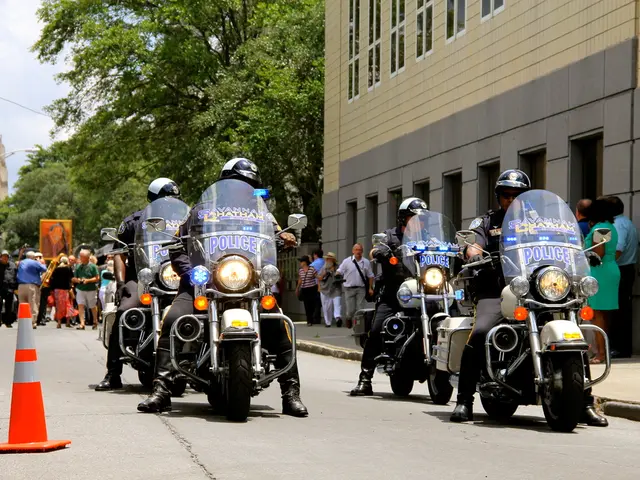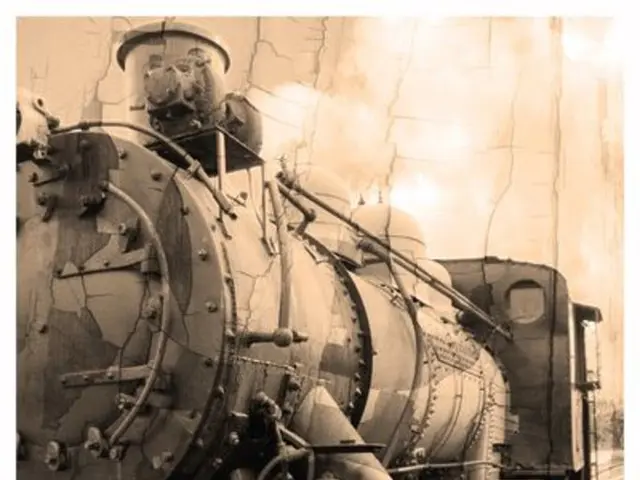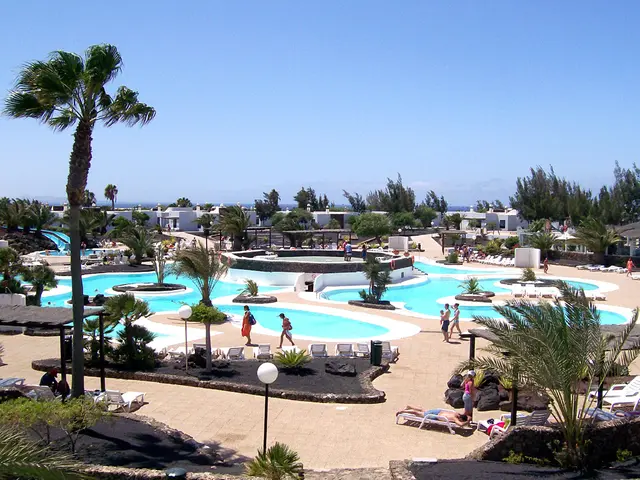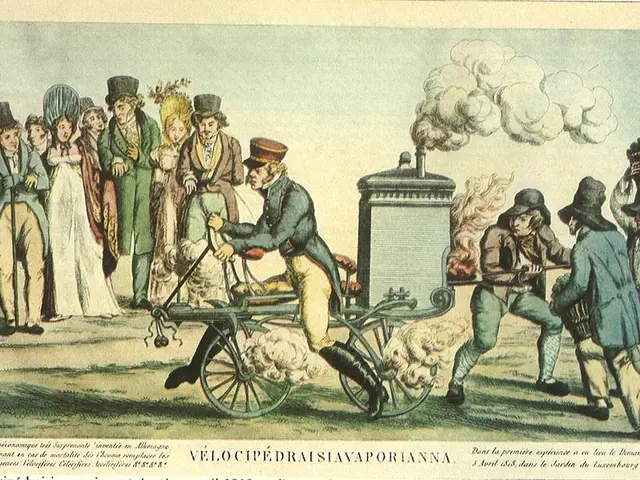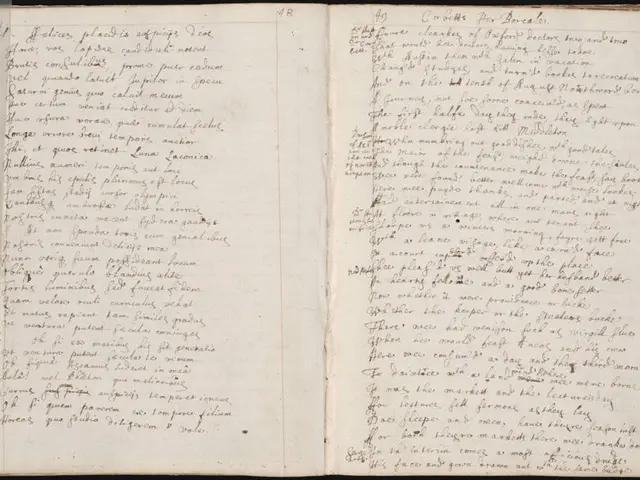Deserting Settlement of Krumbach
News Article: Deserters and Draft Evaders in Krumbach: A Tale of Resistance in Wartime Austria
Nestled in the picturesque Vorderer Bregenzerwald, a region of hills and mountains at 730 meters above sea level, lies the small Austrian village of Krumbach. With just 737 inhabitants in 1934, Krumbach was a close-knit community with a strong local identity centred around agriculture and forestry. However, during World War II, this peaceful village became a hotbed of resistance, as fifteen of its residents chose to desert or evade the draft.
The deserters and draft evaders in Krumbach were not young men, with the majority being older than 22 at the start of their evasion, and half being 31 or older. One exceptionally unusual deserter was Johann Steurer, a farmer's son and nephew of the Christian Social mayor until 1938, who managed to survive as a U-boat in the vicinity of his home for a longer period.
The decision to desert or evade the draft in Krumbach was not taken lightly. It was a reaction to the harsh realities of war, combined with local attitudes and the social fabric of the village. In somewhat isolated communities, the pressure to conform to Nazi expectations was balanced against traditional loyalties and sometimes covert opposition to the regime. Desertion may have been driven by a mixture of fear, disillusionment with the Nazi cause, desire to protect families and land, and practical survival instincts.
Desertion in Krumbach was an act of defiance with political implications. While explicit political resistance in rural Austrian villages was limited due to repression and surveillance, desertion was itself a form of dissent. The presence of desertion cases highlights cracks in the political consensus and control the regime hoped to impose on Austria’s rural heartland.
After the liberation, the deserters ensured the pacification of the village society by ensuring that their history and desertion as a form of successful dissent fell into oblivion. Today, nothing in the village reminds of the defiant actions of the deserters and the brave uprising against the destructive fanaticism of the SS on May 1, 1945.
For more detailed local studies, archival materials or oral histories from the Vorderer Bregenzerwald region could provide further insights into specific cases or attitudes toward desertion in Krumbach. These resources may shed light on the reasons behind the desertions, the social and political consequences, and the role of the deserters in the post-war period.
Read also:
- United States tariffs pose a threat to India, necessitating the recruitment of adept negotiators or strategists, similar to those who had influenced Trump's decisions.
- Weekly happenings in the German Federal Parliament (Bundestag)
- Southwest region's most popular posts, accompanied by an inquiry:
- Discussion between Putin and Trump in Alaska could potentially overshadow Ukraine's concerns

